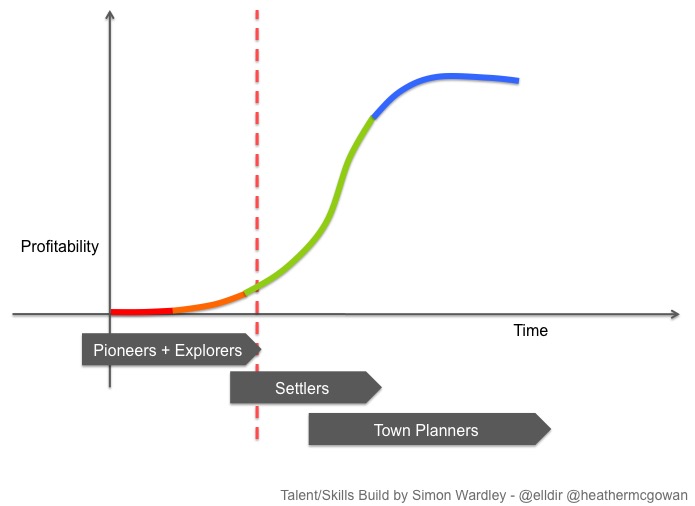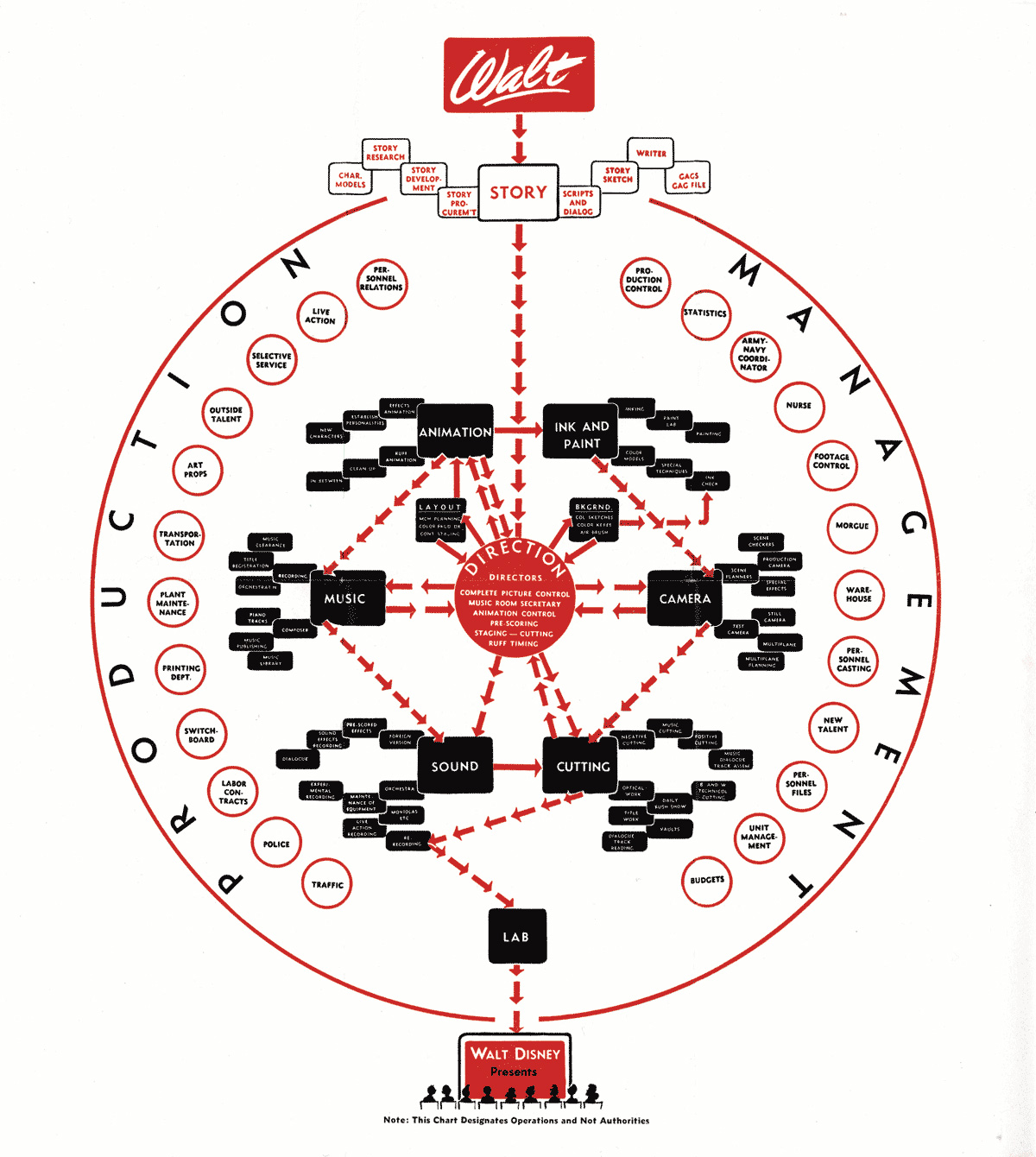Quick recap
This is Part 5, and the final post of the series on incorporating disruptive innovation approaches while optimizing the current business.
Part 1 introduced the tension of balancing a present and future focus, caused by the shorter technology and product life cycles.
Part 2 introduced a new paradigm for thinking about this balance while progressing toward a future vision.
Part 3 introduced Experiential Prototyping as a tool to frame the benefits and use context of a product platform along the way toward the future vision.
Part 4 introduced Contextual Evaluation as a tool to assess the extent to which new solutions will deliver the benefits depicted in the Experiential Prototype.
As with anything, knowing what should happen, and making it happen are very different things. Especially when we want to introduce a new way of working into an organization that has had its current way of working optimized for years. This post will show an example of a success, and discuss common snafus encountered when attempting to disrupt the norm.
A Model of Success
The image below is of an organizational chart from Walt Disney Studios in 1943. What stands out at first glance is that it is circular, reflecting the interdependencies of the actual work flow.
Image from @issue
However, in light of the points made in this series, it’s interesting to note that there actually is a hierarchy. In this organization, everything starts with the ‘story.’ In case you can’t see the image, the functions that are in support of the story are: Story Research, Story Procurement, Writers, Story Sketch, Scripts and Dialog, Gags and Gag File, Character Models, and Story Development.
Why is this important? Because it’s important to know that before the story is delivered to the Director for Production and Management of the movie, all of the core elements are worked out. The function of Production and Management is to produce and manage the development of a movie. It is not their job to create a new story.
It’s also clear that the story function is much smaller than production and management. However, its placement at the top of the hierarchy acknowledges the importance of getting the story worked out before making it into a movie.
The parallels between the Story function in the Disney org chart of 1943, and the Discover and Frame stages in the lifecycle I have presented are clear – with one exception. Disney did not have some type of Contextual Evaluation function to support the story.
If you own the company, are in charge of the story, and have a great track record of success you most likely don’t need Contextual Evaluation to confirm your hypotheses. You and I, on the other hand, will (and should) need to ensure we’re committing the company’s Development resources wisely. Contextual Evaluation tools have proven to be invaluable in that regard.
Watch-Outs
The biggest issue I see companies run into is not that they don’t recognize the importance of creating new opportunities. It’s that they try to create new opportunities from within their Development processes. This plays out (often simultaneously) in several different ways:
Talent As we can see in the framework above, very different skills and talent are required in the Discover and Frame stages than are required in the Develop and Optimize stages. This is also true in the Disney chart. The Production and Management functions may require great skill, but it’s more aligned with the Settler and Town Planner skills than the Pioneer and Explorer skills we would find in the Story stage.
The problem is that many companies try to use their best Develop and Optimize talent to Discover and Frame. In addition to the hard skills being inappropriate, the aptitudes, attitudes, and outlook of people who work on either side of the ‘dotted line’ are different. This is described in detail in a chapter I wrote with Heather McGowan called Inspiration for Innovation.
Tools On the surface, many of the tools in the Discover and Frame stages look similar to those in the Develop and Optimize stages. For example, consumer research will happen in both. However, consumer research to derive the motivations that drive market behavior is very different from consumer research to assess whether a market will buy a specific product at a specific price.
Many companies try to use the tools to Discover and Frame new opportunities that they have honed for Develop and Optimize purposes. This limits new opportunities to those that can be tested with existing methods – often resulting in improvements to existing opportunities, rather than creating new opportunities.
Assessing Quality This issue has been plaguing me a lot lately. The field(s) of innovation, design thinking, strategic marketing, experience design, etc. (there are many different names for the Discover and Frame functional disciplines) has become increasingly diluted by freeform/random ideation processes that are disconnected from the actual business and yield little value.
For decades, companies could exist quite well by honing their Develop and Optimize capabilities, without worrying about Develop and Frame capabilities. Most company leaders have honed skills and risen through the ranks of the Develop and Optimize stages, and are not well versed in building high quality Discover and Frame capabilities. Yet they are very aware that their companies need to develop these capabilities to be able to reinvent their current businesses more frequently. It’s no wonder that the tension continues to increase between these two types of work.
In this series of posts, I have provided new frameworks for achieving the balance between optimizing today’s business, while ensuring longevity. I have also introduced new tools to add a level of rigor to the Develop and Frame stages that so often is missing. It is my goal to increase the recognition of high quality Discover and Frame functions, so that more companies and great work can thrive, as Disruption becomes the Norm.
Image Credits: Ellen Di Resta, Heather McGowan, and @issue




